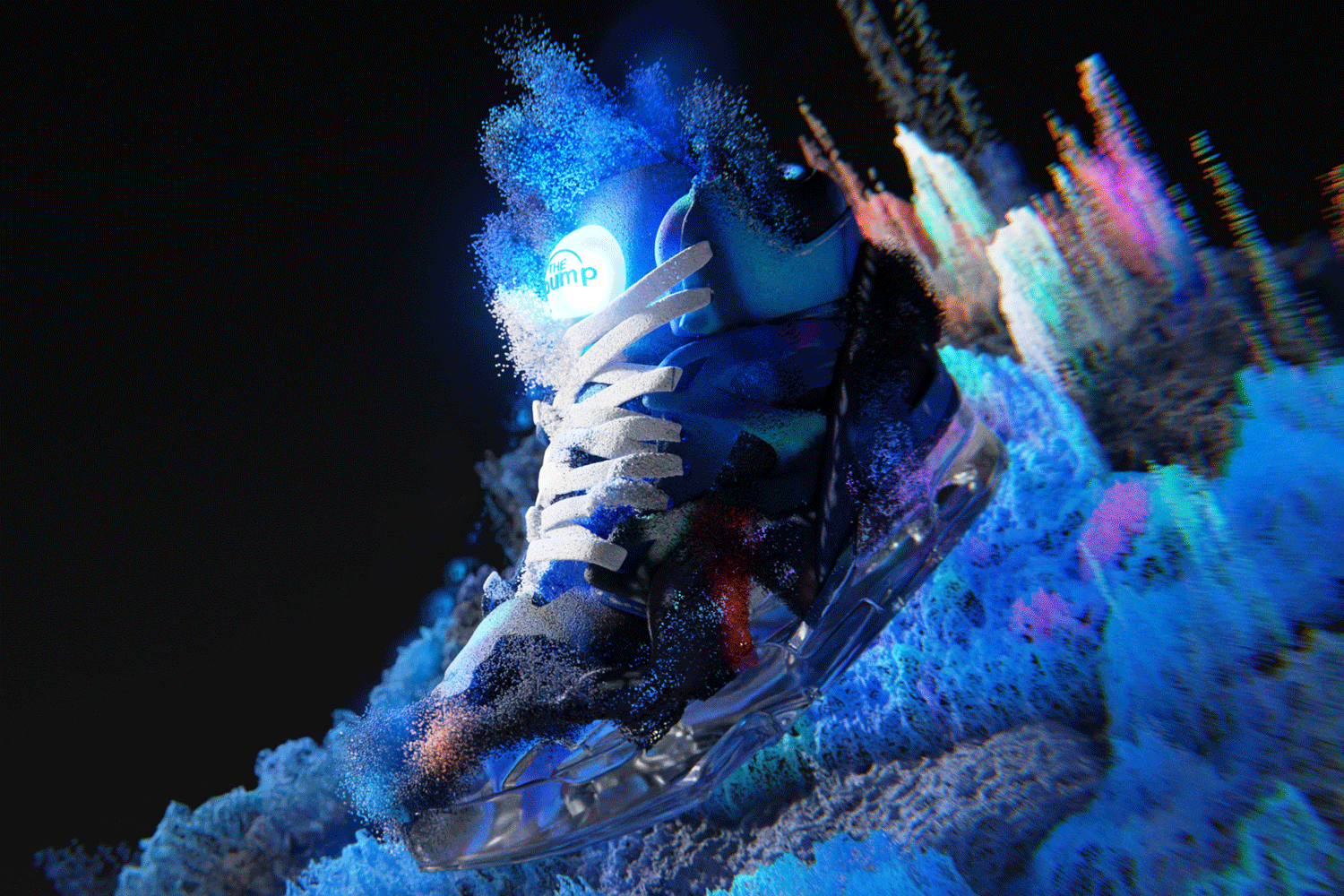Brands Are Unleashing Generative AI Design Tools for Customers
Through a new Instagram account, @ReebokImpact, users are invited to submit images to a chatbot to see them turned into patterns on sneakers, selecting from Reebok Pump, Classic or Club C models. They can then tweak the design, with the original image printed on the sole. People can then elect to buy the digital sneakers for $8 to wear in multiple games (including Fortnite and Roblox) and receive the 3D files, which work with Unreal Engine software and can be digitally tailored on one’s own image or on digital avatars. Anyone who buys the digital version also gets a discount code (up to 50 per cent off) for a standard physical version of that same style.
In recent months, Nike has worked with 13 athletes to co-create AI-generated sneaker designs. The project, called A.I.R., turned generated images into physical footwear designs through hand sketching, 3D sketching and computational design, then 3D-printed the final products, with the goal of introducing this concept to consumers “in the near future”, Nike president of consumer, product and brand Heidi O’Neill told Vogue Business during a recent presentation in Paris. Versace, Loewe, Gucci and Balmain have also experimented with crowdsourced generative AI artworks or products.
Generative AI has enjoyed a generous hype cycle in fashion and marketing because of its ability to enable most people to quickly create professional-looking, artistic images and videos with simple prompts, often inviting a playful call-and-response process that provokes engagement and delight. It can also produce fantastical content that wouldn’t normally be accessible. For brands, this translates into a practical use of generative AI, which can personalise products at scale and can be implemented relatively quickly. By putting the reins in the hands of consumers, brands are also able to experiment with less scrutiny — while collecting data on what sticks.
“Sometimes with emerging technology, we talk a lot about five years, 10 years, and we ignore the practical applications,” says Becky Owen, CMO of Billion Dollar Boy, who heads the agency’s innovation unit, Muse, leader of the AI experiments across Versace and Loewe that invited creators to generate social media content featuring their products.
It’s also a way to capitalise on the zeitgeist of AI curiosity while reinforcing a brand’s popular styles or marketing new products. “Our view was, we want people to experience this,” Senderoff says. “A lot of people don’t know what AI is. They have theories — ‘Does AI hurt my creativity? Does it help my creativity? How do I even access it?’ — but few have the accessibility to play around with it. We’re massive believers in the collaboration theory of AI versus the displacement theory that a lot of people have.”
DIY designs drive engagement and personalisation
Reebok’s experience lets each user generate four free digital shoes before making a purchase, and if they buy one, they can start the process again. The tool is accessible via a direct message on Instagram, usually a specifically designed AI chatbot, to hopefully enable a process that is natural and accessible, Senderoff says. People who pay to download the digital files also receive them in a crypto wallet as an NFT, but this element is intentionally kept under the hood, she says, primarily to prepare for an anticipated interoperable future, in which people can own and wear the same digital fashion item in multiple virtual spaces.
Reebok is hosting a contest to physically produce at least 30 one-of-one physical shoes inspired by top digital designs, but a future challenge will be considering how to scale phygital production.

Creator agency Billion Dollar Boy has found content that intentionally looks ‘out there’ as a key to success in the “engagement rate wars”, as Owen puts it. This is why she advises against using AI to recreate humans in images, but rather for creating something that is recognisably outlandish. Versace saw an increased video play rate of 1,460 per cent on the AI-generated social media videos, compared to its standard content. A recent survey commissioned by Billion Dollar Boy, of US and UK-based creators, found that 81 per cent of creators reported more favourable consumer engagement on their generative AI content compared to their traditional content.
There are other concerns, from both brands and consumers, about transparencies and disclosures that circumvent accusations of being misled, or taking jobs from someone who would normally be creating the content. Already, tech platforms including TikTok, YouTube and Meta have created disclosure requirements, and Billion Dollar Boy advises all brand clients to be transparent about which content is made using AI. Billion Dollar Boy also limits what intellectual property can be fed into AI models, and often, a brand’s products are manually added to the content after the original AI-layer is generated, partly to protect the brand’s IP, as rights and licensing issues remain somewhat unclear, she adds.

